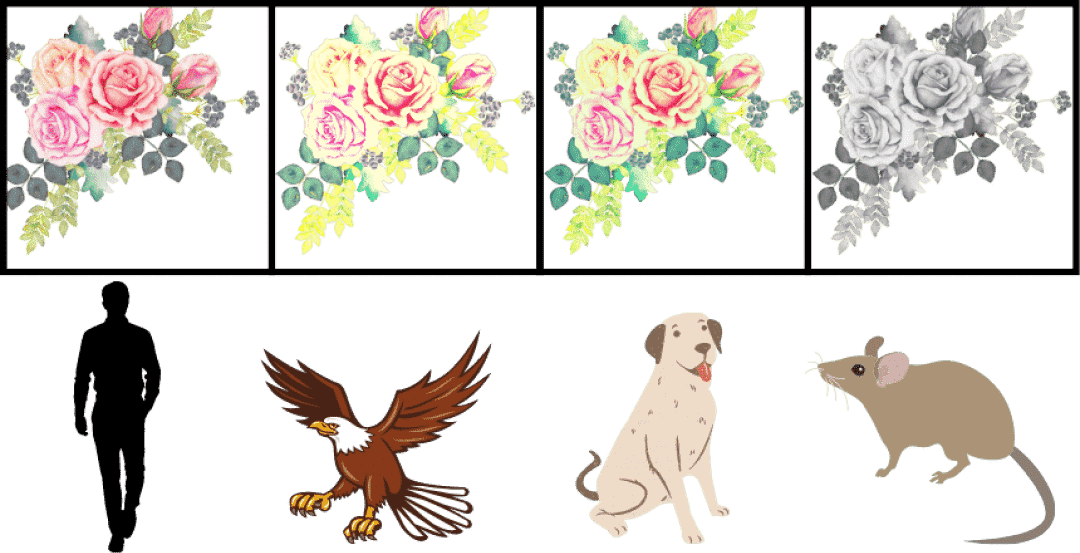Class 5 EVS Chapter 1 Summary Notes PDF Download
FAQs on Super Senses Class 5 EVS Chapter 1 CBSE Notes - 2025-26
1. How do ants behave when they are in danger?
When ants are attacked or their path is blocked, they start leaving a smell on the ground. It helps the other ants behind them to understand something is wrong. It makes them alert and they make a different path to continue what they are doing.
2. How do bees recognise each other?
Bees also have a significant smell. In fact, their smell varies from each other. They recognise each other by identifying the different smells and avoiding dangers.
3. Why do dogs sniff around?
Dogs like to mark their territory. They also leave a smell behind so that the other dogs can recognise the friendly ones. They can also determine whether they have entered others’ territories or not to avoid danger.
4. What is the focus of Super Senses Of Animals Class 5 Notes?
The focus of Super Senses Of Animals Class 5 Notes EVS Chapter 1 is to explore the extraordinary sensory abilities of animals and how these senses help them interact with their environment. The chapter highlights various sensory adaptations that are crucial for survival.
5. How do the "Super Senses" of animals benefit them?
The "Super Senses" of animals benefit them by enhancing their abilities to find food, avoid danger, and communicate effectively. These sensory adaptations are essential for their survival in different environments.
6. Where can I find detailed notes for Class 5 EVS Chapter 1?
Detailed notes for Class 5 EVS Chapter 1, including "Super Senses," can be found in the Class 5 Science Book Chapter 1. You can also access the Class 5 EVS Chapter 1 Notes PDF for a comprehensive overview.
7. What are some examples of sensory adaptations in animals?
Examples of sensory adaptations include the exceptional hearing of bats, the keen vision of eagles, and the strong sense of smell in dogs. These adaptations are highlighted in the Super Senses Of Animals Class 5 Notes.
8. How can I use the Class 5 EVS Chapter 1 Notes for exam preparation?
The Class 5 EVS Chapter 1 Notes provide a clear summary of the key concepts about animal senses. Reviewing these notes and using the Class 5 EVS Chapter 1 Notes PDF will help you prepare effectively for exams.
9. Are there any visual aids included in the Super Senses Of Animals Class 5 Notes?
Yes, the Super Senses Of Animals Class 5 Notes often include visual aids such as diagrams and pictures that illustrate how different animals use their senses. These help in better understanding and retention of the information.
10. How do the Class 5 Science Book Chapter 1 notes differ from the PDF version?
The Class 5 Science Book Chapter 1 notes provide a structured overview within the textbook, while the Class 5 EVS Chapter 1 Notes PDF offers a downloadable format that can be used for quick reference and revision.
11. Where can I download the Class 5 EVS Chapter 1 Notes PDF?
The Class 5 EVS Chapter 1 Notes PDF can typically be downloaded from the Vedantu website which offers resources for CBSE students. This PDF includes all the essential information from the "Super Senses" chapter for easy access and study.





























